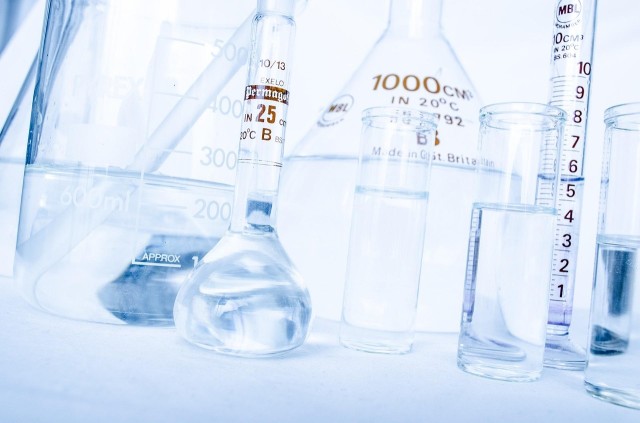So a brand new medicine has finally cleared all the hurdles. It is been tested and retested and the folks who decide these things have given it a big thumbs up. Now doctors can prescribe it and you can pick it up at your local pharmacy. You might think that is the end of the story right? Like the credits rolling after a long movie. But actually there is still a really important part of the process called the post marketing surveillance phase in clinical research. Think of it like having a team of detectives whose job it is to keep a close eye on a medicine even after it is out there being used by everyday people. It is all about making sure everything is still going well and learning even more about how it works in the real world.
You see even the biggest and most thorough studies done before a medicine gets approved can only involve a certain number of people. When a drug hits the market it suddenly gets used by a much wider and more diverse group people with all sorts of different health issues different ways of life and who might be taking a whole bunch of other medicines too. Post marketing surveillance is like setting up a continuous listening system a way to catch any little hints or big warnings about unexpected things that did not show up in the initial trials. It is all about making absolutely sure that the medicine continues to do more good than harm for everyone who uses it day in and day out.
If you have ever been curious about the whole life story of a medicine from that first idea in a lab all the way to how we keep tabs on it even after it is available at your corner store a good clinical research course will definitely shine a light on this crucial post marketing stage. These courses will walk you through how this ongoing watch works what kind of information gets collected and looked at and why it is so incredibly important for keeping the treatments we trust as safe and helpful as they can possibly be. It is a key piece of the puzzle in making sure our healthcare system is as strong and reliable as it can be for everyone.
This post market watch happens in a few different ways. One of the main ones is something called adverse event reporting. Basically if a doctor a patient or even a friendly pharmacist notices any weird or negative health stuff happening while someone is taking a particular medicine they are strongly encouraged to tell the folks in charge like the FDA or similar groups around the world. This builds up a huge collection of real life experiences with the drug. Smart researchers can then dig into this information to see if any new or rare side effects are popping up that were not spotted in the initial clinical trials. They can also try to find patterns are certain groups of people more likely to have a specific issue? Is the medicine doing something unexpected when it is taken with another common drug? For those looking to build a career in the vital area of drug safety in depth clinical research training often spends a lot of time on pharmacovigilance. That’s just a fancy term for the science of spotting figuring out understanding and trying to prevent any bad effects or other problems that might be linked to medicines. This kind of training gives people the important skills to gather look at and make sense of the information that comes in after a drug hits the market playing a crucial role in keeping everyone who uses that medicine as safe as possible.
Sometimes this post market checking also involves doing more focused studies. These could be observational studies where researchers just keep an eye on what happens to people taking the medicine in their everyday lives without actively changing anything. Or they might even do new smaller clinical trials to look at specific questions or worries that have come up since the medicine was first approved. For example they might want to see how the medicine works over a really long time or how it affects certain groups of patients who were not well represented in the original trials. If new information comes to light that suggests a medicine might not be as safe as everyone initially thought the folks in charge can step in and ask the company that makes the drug to update the warning labels or in really serious and rare cases even take the drug off the market entirely if the risks are deemed to be greater than the benefits.
For those who feel a real calling to help make medical treatments as safe as possible exploring career opportunities at a dedicated clinical research institute that specializes in these post marketing studies could be a truly meaningful and impactful path. These institutes often work closely with the pharmaceutical companies that develop and sell drugs as well as the government agencies that regulate them to conduct these crucial follow up studies and carefully analyze the real world information that comes in. They play a vital role in the continuous checking of medicines that are already being used by millions of people around the world.
So even after a new medicine gets the green light and you see it on the pharmacy shelves the journey of learning about it and making sure it is safe and effective continues. Post-marketing surveillance in clinical research is like having a dedicated team of guardians constantly gathering information and keeping a watchful eye on things to make absolutely sure that the medicines we rely on every day are doing the most good with the least possible harm in the real world. It is an ongoing promise to the health and well being of everyone who needs these treatments







